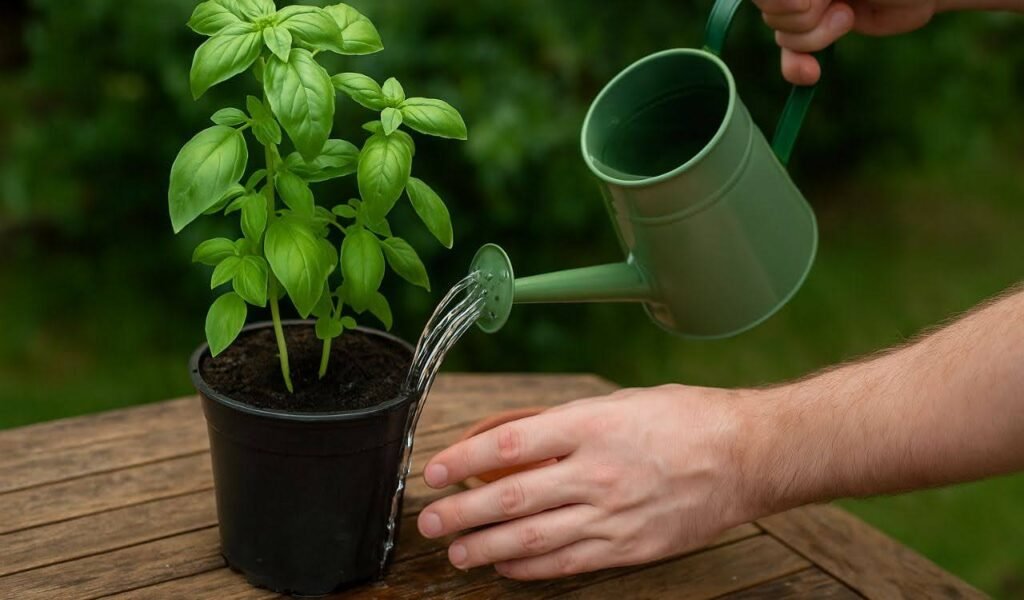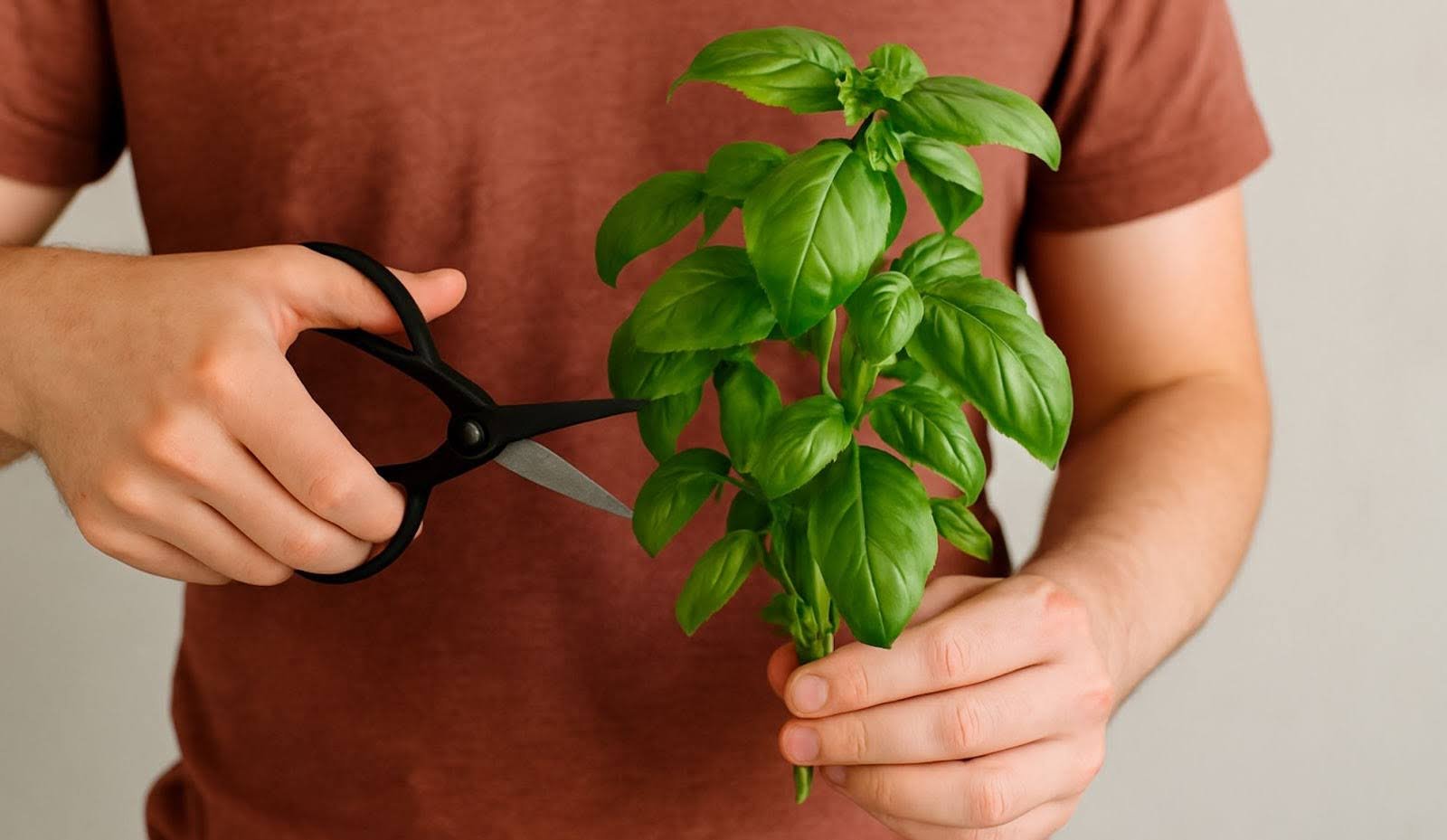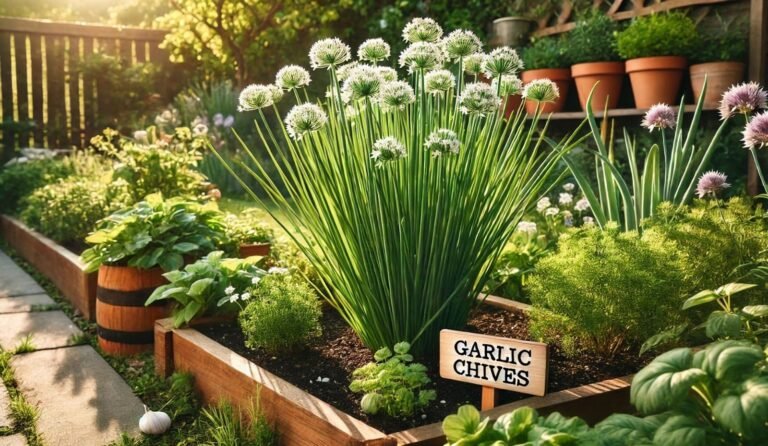How to Trim a Basil Plant for Maximum Growth and Flavor
How to trim a basil plant might seem like a no-brainer, but there’s a bit more to it if you want a lush, thriving herb garden. Snipping at random can actually weaken your plant, slow down growth, or even mess with the flavor of the leaves. But when you trim the right way, you’ll end up with a bushier, healthier basil that keeps pumping out fresh leaves for months.
Whether you’re growing basil in your backyard or on a sunny kitchen windowsill, a few simple tricks can make all the difference. In this guide, I’ll walk you through everything you need to know to trim your basil like a pro — no guesswork, no plant casualties. Stick around, because those small cuts are about to lead to seriously big harvests.
Why Trimming Your Basil Plant Matters So Much
Before we get into the “how,” let’s talk about the “why.” Trimming isn’t just about harvesting a few leaves for dinner; it’s about encouraging your basil plant to become the best version of itself.
When you trim basil correctly, you actually stimulate new growth. Every time you snip above a pair of leaves, the plant sends out two new stems at that cut point. Over time, your single basil stem will turn into a thick, bushy plant loaded with lush leaves. This is why basil can sometimes look wild and abundant if it’s regularly pruned the right way.
Another important reason for trimming is to prevent the plant from flowering too early. When basil starts to flower (sending out small white or purple blooms), it signals that the plant is reaching the end of its life cycle. After flowering, the leaves can turn bitter and lose their punchy, sweet flavor. Regular trimming keeps it in the leafy, productive stage for as long as possible.
In short, trimming = more basil, better flavor, and a longer plant life. What’s not to love?
When Is the Best Time to Start Trimming a Basil Plant?
Timing matters almost as much as technique. You don’t want to start hacking away too early, but you also don’t want to wait too long and end up with a tall, lanky plant that’s harder to fix.
You should start trimming your basil once it reaches about 6 to 8 inches tall and has at least two sets of true leaves (those first baby leaves don’t count — wait for the bigger, sturdier ones). Typically, this happens within a few weeks after germination if you started from seed, or a few days if you purchased a young plant from a nursery.
Spring and summer are prime trimming seasons because basil loves warmth and sunlight. However, if you’re growing basil indoors, you can technically trim year-round, just making sure your plant is getting enough light, either from a sunny window or a grow light.
What You Need Before You Start Trimming

Before you pick up those scissors, a little preparation will make the process smoother and safer for your plant.
First and foremost, make sure you have a pair of clean, sharp scissors or garden shears. Dirty or dull tools can damage the plant and introduce bacteria that could cause disease. If it’s been a while since you last used your scissors, wipe the blades with a bit of rubbing alcohol to sanitize them.
You might also want a small basket or container nearby to collect the leaves you trim. And while gloves aren’t mandatory, they can help if you have sensitive skin or if you’re dealing with a large harvest.
That’s it — minimal tools, maximum reward!
How to Trim a Basil Plant (Without Killing It!)
Alright, now for the part you’ve been waiting for: how do I trim my basil plant properly?
Start by identifying where you’re going to make your cut. Look for a spot right above a set of leaves — this is usually called a node. You’ll see two small leaves growing out from either side of the stem. That’s your sweet spot.
Position your scissors just above that node, leaving the tiny leaves intact. Make a clean, quick snip. By cutting above the node, you’re signaling the plant to produce two new stems from that spot instead of just growing taller. It’s a small action that creates huge results over time.
In terms of how much to trim, never take more than one-third of the plant at once. Over-trimming can stress the basil out, slowing its recovery and growth. If your basil plant is still pretty small, just trim the top 2-3 inches to encourage side branching.
After your initial trim, aim to prune your basil every 1 to 2 weeks during the growing season. This keeps the plant vigorous and prevents it from going to seed too early.
Special Tips for Trimming Indoor Basil Plants
Indoor basil plants are a little more delicate than their outdoor cousins. They often deal with lower light, less airflow, and a generally more controlled environment, which can lead to leggy, spindly growth if you’re not careful.
When trimming an indoor basil plant, pay special attention to these tips:
- Provide as much light as possible. After trimming, your basil will need energy to regrow. A bright windowsill that gets at least 6 hours of sunlight is ideal. If you don’t have a sunny spot, consider investing in a small LED grow light.
- Watch humidity levels. Indoor air, especially in winter, can be very dry. Mist your plant occasionally or use a humidifier to create a basil-friendly environment.
- Support airflow. Basil hates stagnant air. A small fan can help keep the air moving, which reduces the risk of mold or mildew.
These small changes make a huge difference in keeping your indoor basil bushy and healthy after every trim.
Common Mistakes to Avoid When Trimming Basil
Even though trimming basil is simple, there are a few mistakes that can set you back if you’re not careful.
One of the biggest errors is cutting too low on the plant. If you snip near the base or remove too much foliage, you risk weakening the plant and slowing down its ability to bounce back.
Another common issue is letting your basil flower. Sometimes, life gets busy, and before you know it, you see little buds at the top of your plant. If you spot flowers forming, pinch them off immediately. The earlier you catch it, the better your basil will taste and grow.
Lastly, be wary of under-trimming. It can be tempting to just take one or two leaves here and there when you need them, but doing so doesn’t encourage full, bushy growth. Regular, strategic pruning is what turns a scraggly basil into a gorgeous leafy bush.
Helping Your Basil Plant Thrive After Trimming

Trimming your basil is only half the story — good aftercare makes all the difference.
After a trim, make sure your basil gets a good drink of water, but avoid overwatering. Basil likes moist (but not soggy) soil. If you’re growing outdoors and it’s especially hot, you might need to water more frequently.
Light fertilizing can also help boost regrowth. Use an organic liquid fertilizer diluted to half strength every few weeks. Avoid heavy feeding, as too much fertilizer can lead to lush leaves with weaker flavor.
Keep an eye out for pests like aphids or spider mites, especially after trimming when new growth is tender and appealing. A quick spray of neem oil or insecticidal soap usually handles these pests before they become a problem.
FAQ
How do I trim my basil plant without killing it?
Trim just above a leaf node, and never take more than one-third of the plant at once. Use clean scissors and be gentle with your cuts.
Can I use the trimmed leaves immediately?
Absolutely! Freshly trimmed basil leaves are perfect for tossing into salads, sauces, or even making homemade pesto. Just rinse them lightly and pat dry.
What happens if I don’t trim my basil plant?
If you don’t trim your basil, it will grow tall and spindly, eventually flowering and producing fewer, less flavorful leaves. It’ll also become more susceptible to pests and diseases.
Can you trim basil too much?
Yes. Over-trimming can stress the plant and stunt its growth. Always follow the “no more than one-third” rule for happy, healthy basil.
How long will a basil plant last if I trim it regularly?
If properly cared for and regularly trimmed, a basil plant can last the entire growing season — from spring through early fall outdoors, or all year long indoors! Regular pruning keeps it producing fresh leaves and prevents it from going to seed too early.
Conclusion
Now you know exactly how to trim a basil plant like a pro! Whether you’re growing basil outside in a sunny corner of your backyard or on your kitchen windowsill, a little regular trimming will reward you with a huge harvest of vibrant, delicious leaves.
Remember: Start when the plant is young, cut above the nodes, don’t over-trim, and stay consistent. Your basil will thank you with lush, flavorful growth all season long. Happy gardening — and even happier eating!







